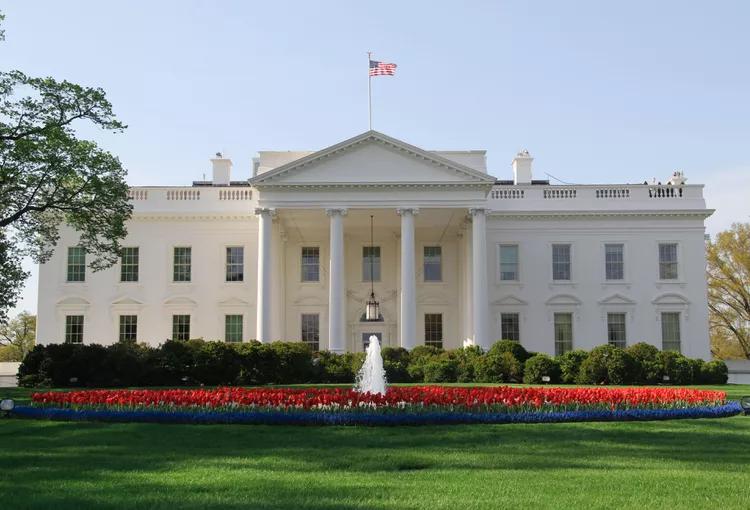1. Introduction
Visitors from around the world come to Washington, DC to tour the White House, the home and office of the U.S. President. Built between 1792 and 1800, the White House is not only one of the oldest public buildings in the nation’s capital but also serves as a museum reflecting American history.
2. Tours
Public tours of the White House, located at 1600 Pennsylvania Avenue, are offered to groups of 10 or more, requiring requests through a member of Congress. These self-guided tours are available from 7:30 to 11:30 a.m. Tuesday through Thursday, and 7:30 a.m. to 1:30 p.m. Friday and Saturday. Tours operate on a first-come, first-served basis, and requests can be submitted up to six months in advance, but no less than 21 days prior to the desired tour date. To get in touch with your Representative and Senators, call (202) 224-3121. Tickets for the tours are provided free of charge.
International visitors should contact their embassy in DC to arrange tours, which are coordinated through the Protocol Desk at the State Department. Visitors aged 18 years and older must present a valid government-issued photo identification. All foreign nationals are required to show their passport. Additionally, several items are prohibited during tours, including cameras, video recorders, backpacks, purses, strollers, and weapons. The U.S. Secret Service reserves the right to disallow other personal items.
3. Transportation and Parking
The closest Metro stations to the White House include Federal Triangle, Metro Center, and McPherson Square. Due to limited parking in the area, public transportation is highly recommended for a convenient visit.
4. Visitor Center
The White House Visitor Center has recently undergone renovations, introducing new exhibits. Open seven days a week from 7:30 a.m. until 4:00 p.m., the center features a 30-minute video and offers insights into various aspects of the White House, including its architecture, furnishings, first families, social events, and relationships with the press and global leaders.
5. Lafayette Park
Across from the White House lies the seven-acre Lafayette Park, an excellent location for photography and appreciating the view. This prominent venue is frequently utilized for public protests, ranger programs, and special events, thereby actively engaging the community.
6. Garden Tours
The White House Garden is open to the public on select occasions throughout the year. Visitors can explore the Jacqueline Kennedy Garden, Rose Garden, Children’s Garden, and South Lawn. Tickets for garden tours are distributed on the day of the event, creating a unique opportunity to enjoy these beautiful spaces.




